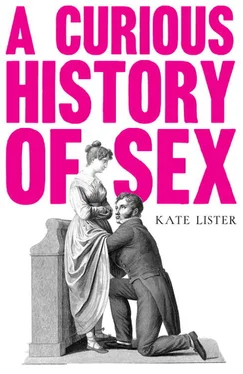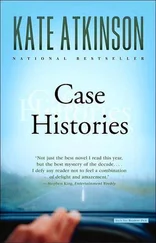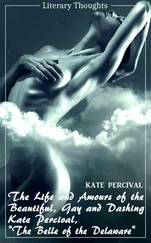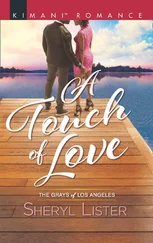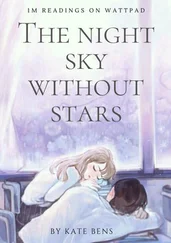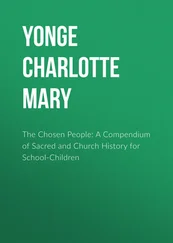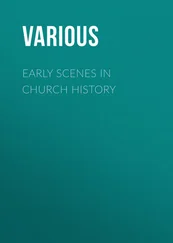What eyleth yow to grucche thus and grone?
Is it for ye wolde have my queynte allone?
(What ails you that you grumble thus and groan?
Is it because you’d have my cunt alone?) {16} 16 Geoffrey Chaucer, The Canterbury Tales , ed. Jill Mann (London: Penguin Books, 2005), p. 226.
Chaucer’s most famous cunt joke is in ‘The Miller’s Tale’, where ‘queynte’ means both knowledge and cunt (remember the root to both cunning and cunt?):
As clerkes ben ful subtile and ful queynte,
And prively he caughte hire by the queynte,
And seyde, ‘Ywis, but if ich have my wille,
For deerne love of thee, lemman, I spille.’
(The clerk had been subtle and cunning,
and quickly he caught her by the cunt,
and said, ‘If I cannot have my will,
for love of thee, darling, I will spill.’) {17} 17 Chaucer, The Canterbury Tales , p. 120.
The use of ‘quaint’ as a synonym for cunt is seen in a variety of other works. In his 1598 Italian/English dictionary, John Florio uses ‘quaint’ as a synonym for cunt and defines potta as ‘a cunt, a quaint’, and a pottuta as ‘that hath a cunt, cunted, quainted’. {18} 18 John Florio and Hermann W. Haller, A Worlde of Wordes (Toronto: University of Toronto Press, 2013), p. 504.
The playful double meaning of ‘quaint’ turns up again in Andrew Marvell’s ‘To His Coy Mistress’:
Thy beauty shall no more be found;
Nor, in thy marble vault, shall sound
My echoing song: the worms shall try
That long preserved virginity:
And your quaint honour turn to dust;
And into ashes all my lust. {19} 19 Andrew Marvell, ‘To His Coy Mistress’, Poetry Foundation , 2018 < https://www.poetryfoundation.org/poems/44688/to-his-coy-mistress > [Accessed 7 September 2018].
It has also been suggested that William Shakespeare’s ‘acquaint’ in his Sonnet XX (1609) is a play on ‘quaint’ and ‘cunt’. And if any man knew the comedic power of a well-placed cunt it was Shakespeare. In Act III, Scene 2 of Hamlet , the eponymous hero asks Ophelia, ‘Lady, shall I lie in your lap?’ Ophelia replies, ‘No, my lord.’ Hamlet then asks her, ‘Do you think I meant country matters?’ {20} 20 William Shakespeare, Hamlet , Shakespeare.Mit.Edu , 2018 < http://shakespeare.mit.edu/hamlet/full.htm > [Accessed 7 September 2018].
When David Tennant played Hamlet, he paused on the first syllable to emphasis this: ‘Cunt-ry matters’. In Twelfth Night (Act II, Scene 5) Malvolio describes his employer’s handwriting: ‘There be her very Cs, her Us, and her Ts: and thus makes she her great Ps’ – making for a simultaneous pun on ‘cunt’ and ‘piss’. {21} 21 William Shakespeare, Twelfth Night , Shakespeare.Mit.Edu , 2018 < http://shakespeare.mit.edu/twelfth_night/full.htm > [Accessed 7 September 2018].
The immortal bard’s status as a smut peddler has been discreetly swept under the cultural rug, but his work is full of innuendo and nob gags. In 1807, a shocked Thomas Bowdler edited out all the rude jokes so women and children could safely read it, and published The Family Shakespeare (which was completely cunt free). Among the many changes made in The Family Shakespeare , Ophelia doesn’t commit suicide in Hamlet , the character of Doll Tearsheet ( a sex worker) is entirely edited out of Henry IV , and in Romeo and Juliet , Mercutio’s saucy ‘the bawdy hand of the dial is now upon the prick of noon’ was altered to read ‘the hand of the dial is now upon the point of noon’. {22} 22 Thomas Bowdler, The Family Shakespeare (London: Hatchard, 1807).
This led to the addition of the word ‘bowdlerise’ to the English language, which means to remove passages of a text that are considered objectionable.
Cunt was also used freely in the bawdy ballads of Shakespeare’s contemporaries, who felt no such compulsion to veil their cunts in double entendres. Ragionamenti della Nanna e della Antonia (1534–36) by Pietro Aretino tells readers to shun flowery euphemisms and just say cunt: ‘Speak plainly, and say fuck, cunt and cock; otherwise thou wilt be understood by nobody’. {23} 23 Reprinted in Ian Frederick Moulton, Before Pornography: Erotic Writing in Early Modern England (Oxford: Oxford University Press, 2004), p. 127.
The Scottish play Philotus (1603) contained the lines ‘doun thy hand and graip hir cunt’. {24} 24 John Whiteford Mackenzie, Philotus, A Comedy, Reprinted from the Edition of Robert Charteris (Edinburgh: Ballantyne, 1835), p. 3.
And the Mercurius Fumigosus (1654) celebrates ‘cunt and good company’. {25} 25 Gordon Williams, A Dictionary of Sexual Language and Imagery in Shakespearean and Stuart Literature , vol. 1 (London: The Athlone Press, 1994), p. 350.
But the fact that big-name writers, such as Shakespeare and Marvell, used cunt as a saucy punchline and camouflaged it in puns and cheeky hints suggests that, by Shakespeare’s time, cunt was starting to be censored.
It is no coincidence that it was around this time that the first laws banning sexually obscene material came into force. In Britain, the first parliamentary bill to restrain ‘books, pamphlets, ditties, songs, and other works that promote lascivious ungodly love’ was drafted by William Lambarde in 1580. {26} 26 Geoffrey R. Stone, ‘Origins of Obscenity’, New York University Review of Law , 31 (2007), 711–31, p. 718.
The Licensing Act of 1662 banned the publication of any ‘heretical, seditious, schismatic or offensive books, or pamphlets wherein any doctrine of opinion shall be asserted or maintained which is contrary to Christian faith’. {27} 27 James Thomas Law, The Ecclesiastical Statutes at Large, Extracted from the Great Body of the Statute Law, and Arranged Under Separate Heads , vol. 4 (London: William Benning and Co., 1857), p. 273.
Language is a powerful tool of social control: as sex became repressed, words linking to the body became taboo. After all, how can we enjoy the sexuality of our bodies, shame free, when the very words we use to talk about them, think about them or write about them are considered obscene? Ellis Cashmore argued that cunt’s banishment to the naughty step is a result of mass sexual censure and the rise of ‘modesty’: ‘with rules came manners, and with manners came courtesy, and with courtesy came modesty, and the word “cunt” [was] referring to parts of the body that were enclosed, they were secreted away’. {28} 28 The History of the C-Word (BBC3: BBC, 2007).
Women’s sexuality came in for particular censure and punishment, and cunt was an obvious symbol of all puritan rule sought to repress.
By the seventeenth century cunt had acquired a shock factor, and one author who revelled in the deliciously deviant embrace of cunt was John Wilmot, Earl of Rochester (1647–1680). Rochester was an English poet and courtier of King Charles II. He was the poster boy of debauchery and sexual excess and simply dripped with ‘fuck you’. If Cromwell’s parliament had attempted to dam up sexuality, Rochester surfed to notoriety on the tidal wave of sexual repression that was unleashed when the plug was pulled on Puritan rule. Geoffrey Hughes once perfectly described Rochester as delighting in ‘a world seen from crotch level’. {29} 29 Geoffrey Hughes, Swearing: A Social History of Foul Language, Oaths and Profanity in English (London: Penguin, 1998), p. 140.
Читать дальше
